Alpine plants are known for their resilience and beauty. These plants thrive in high-altitude, harsh environments. Each species has unique features and fascinating adaptations. This article explores several unique alpine species.
Edelweiss (Leontopodium alpinum)
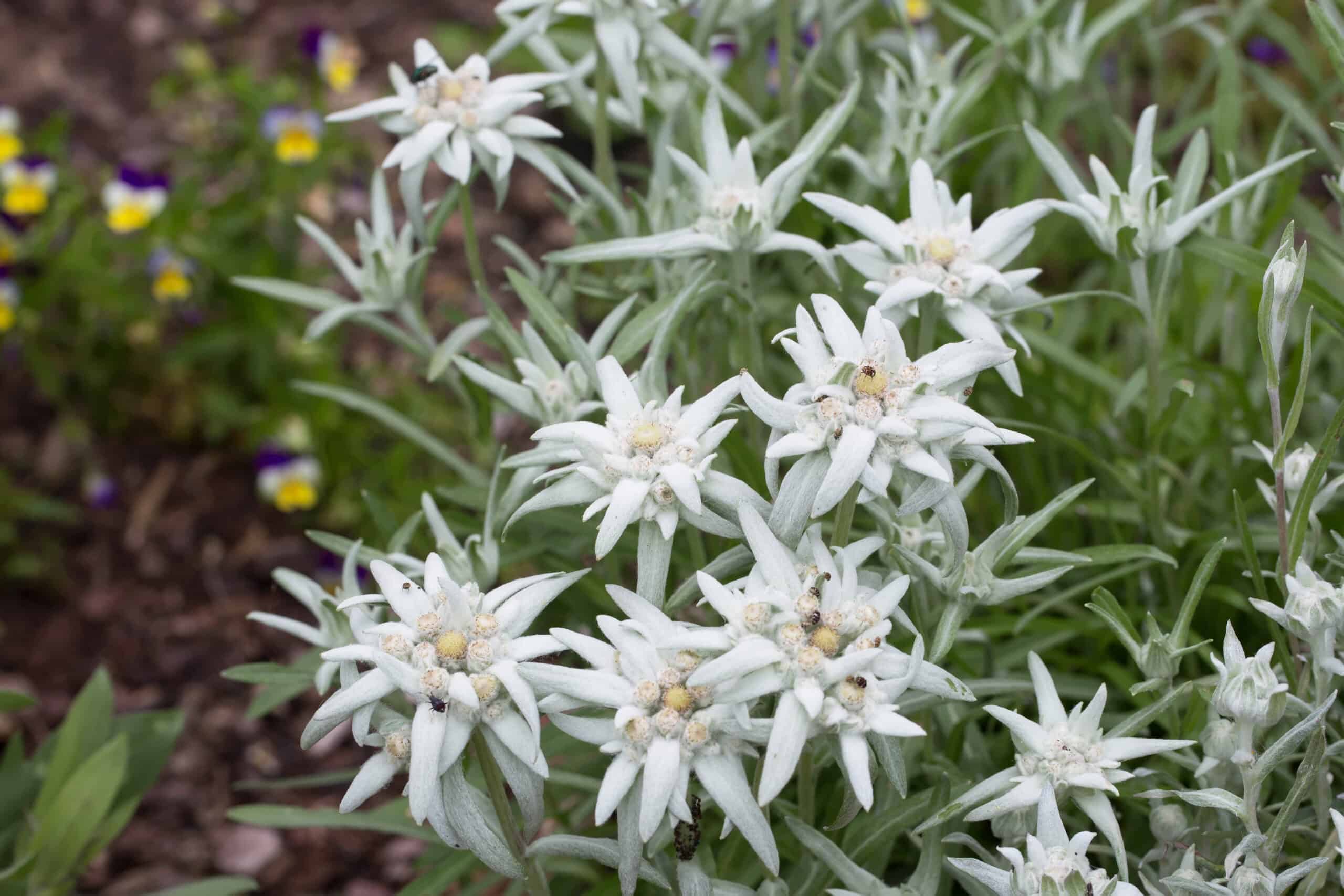
Edelweiss is a symbol of the rugged beauty of the Alps. This plant is known for its star-shaped, woolly flowers. Native to the European Alps, it grows at high altitudes. Its white, felt-like petals protect it from cold and UV radiation. Edelweiss is often associated with purity and toughness. The plant blooms from July to September. It is a protected species in many countries. Its name means “noble white” in German. Edelweiss has been featured in songs, books, and folklore. The plant’s medicinal properties have also been noted historically.
Alpine Aster (Aster alpinus)
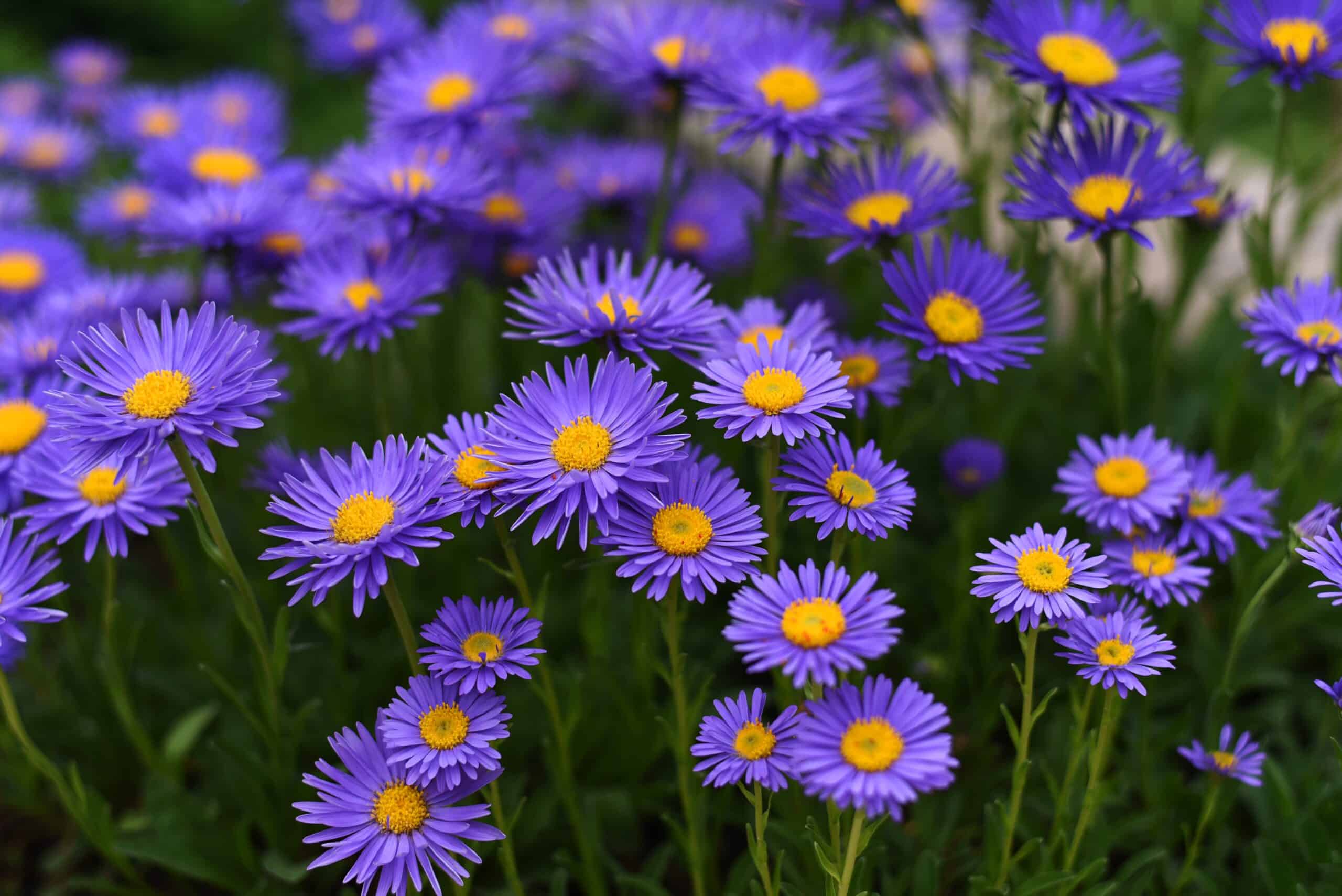
Alpine Aster brightens rocky slopes with its vivid colors. This perennial plant is native to mountainous regions of Europe and Asia. It features daisy-like flowers in shades of purple, blue, and pink. The plant typically blooms in late spring and summer. Its vibrant flowers attract pollinators like bees and butterflies. The leaves are small and hairy, adapted to retain moisture. Alpine Aster grows well in rocky and sandy soils. It is often used in alpine gardens due to its hardiness. The plant can survive harsh winters and short growing seasons.
Moss Campion (Silene acaulis)
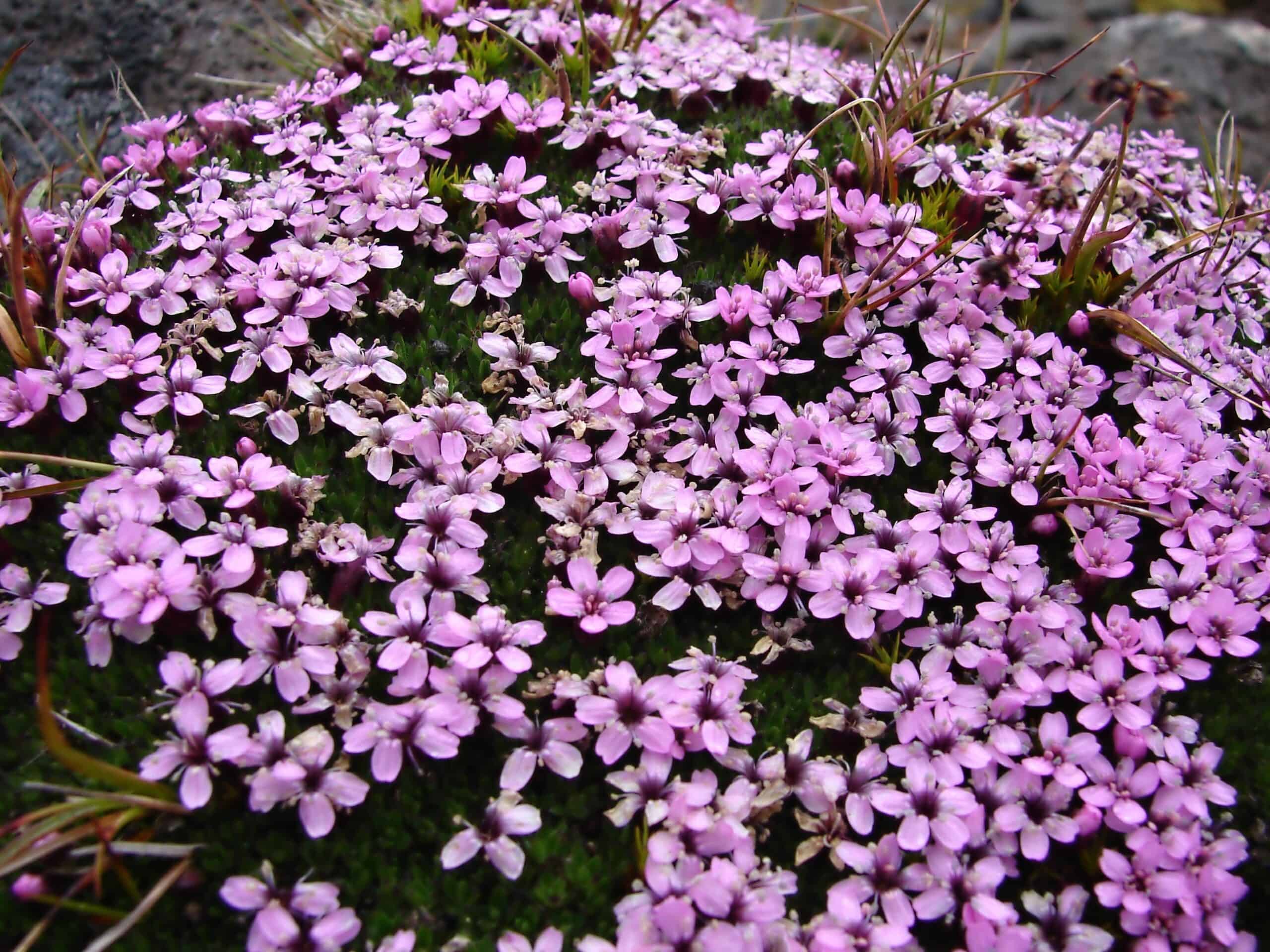
Moss Campion forms dense, cushion-like mats on rocky terrain. This low-growing plant is found in alpine and arctic regions. Its small, pink or purple flowers bloom in late spring and early summer. The plant is known for its compact growth habit. It can live for over a century in harsh conditions. The leaves are small and needle-like, minimizing water loss. Moss Campion thrives in well-drained, gravelly soils. It often grows in crevices and rocky outcrops. The plant’s dense mats help conserve heat and moisture. It is an important species for stabilizing soil in fragile alpine ecosystems.
Glacier Lily (Erythronium grandiflorum)
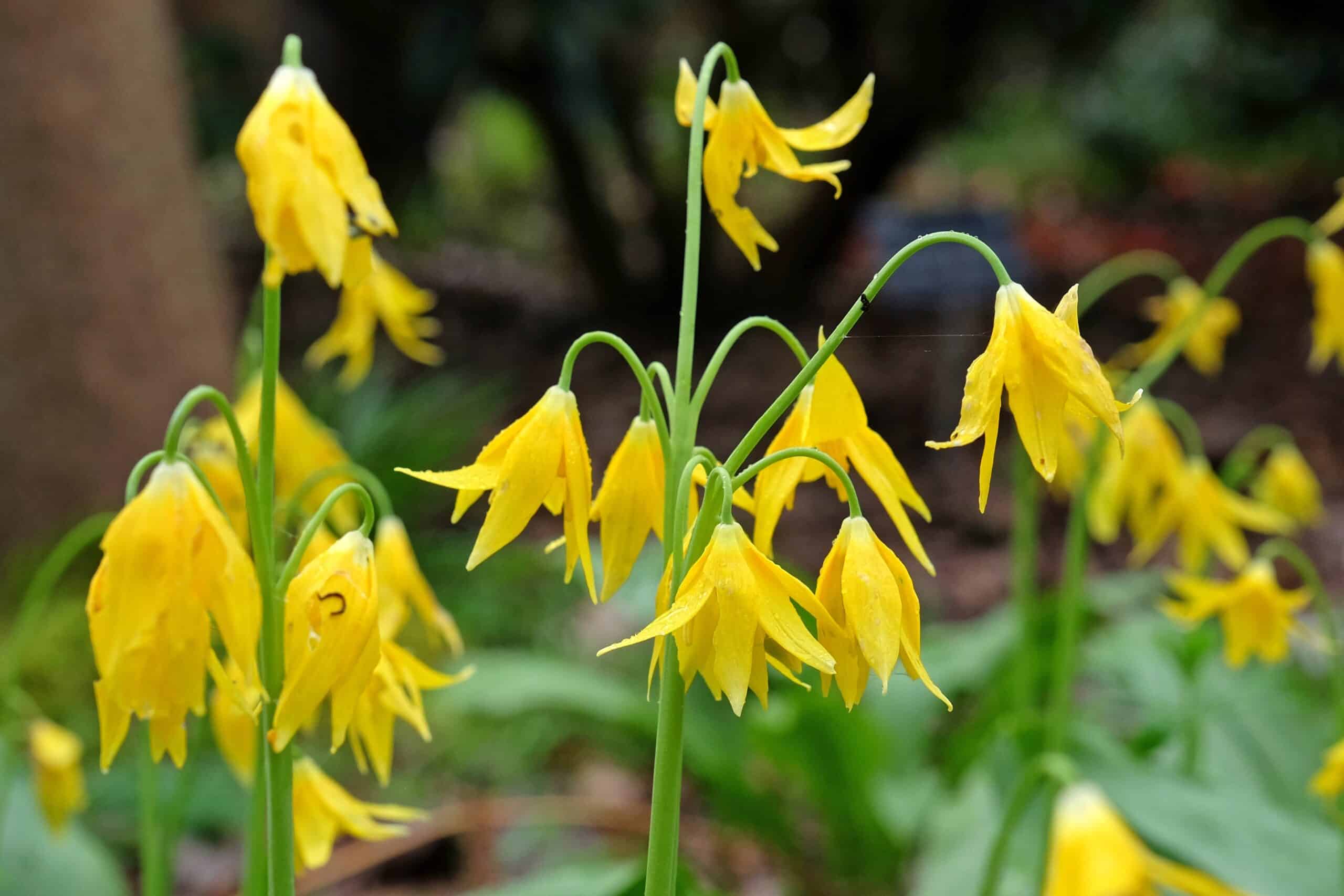
Glacier Lily is a striking plant with nodding, yellow flowers. It is native to the mountainous regions of North America. The plant blooms soon after the snow melts, in early spring. Its bright flowers and long, narrow leaves are easily recognizable. Glacier Lily is a vital food source for pollinators. The plant prefers moist, well-drained soils. It often grows in subalpine meadows and forest edges. The bulbs are edible and were traditionally used by Native Americans. Glacier Lily is known for its rapid growth cycle. The plant completes its life cycle before the summer heat sets in.
Alpine Forget-Me-Not (Myosotis alpestris)
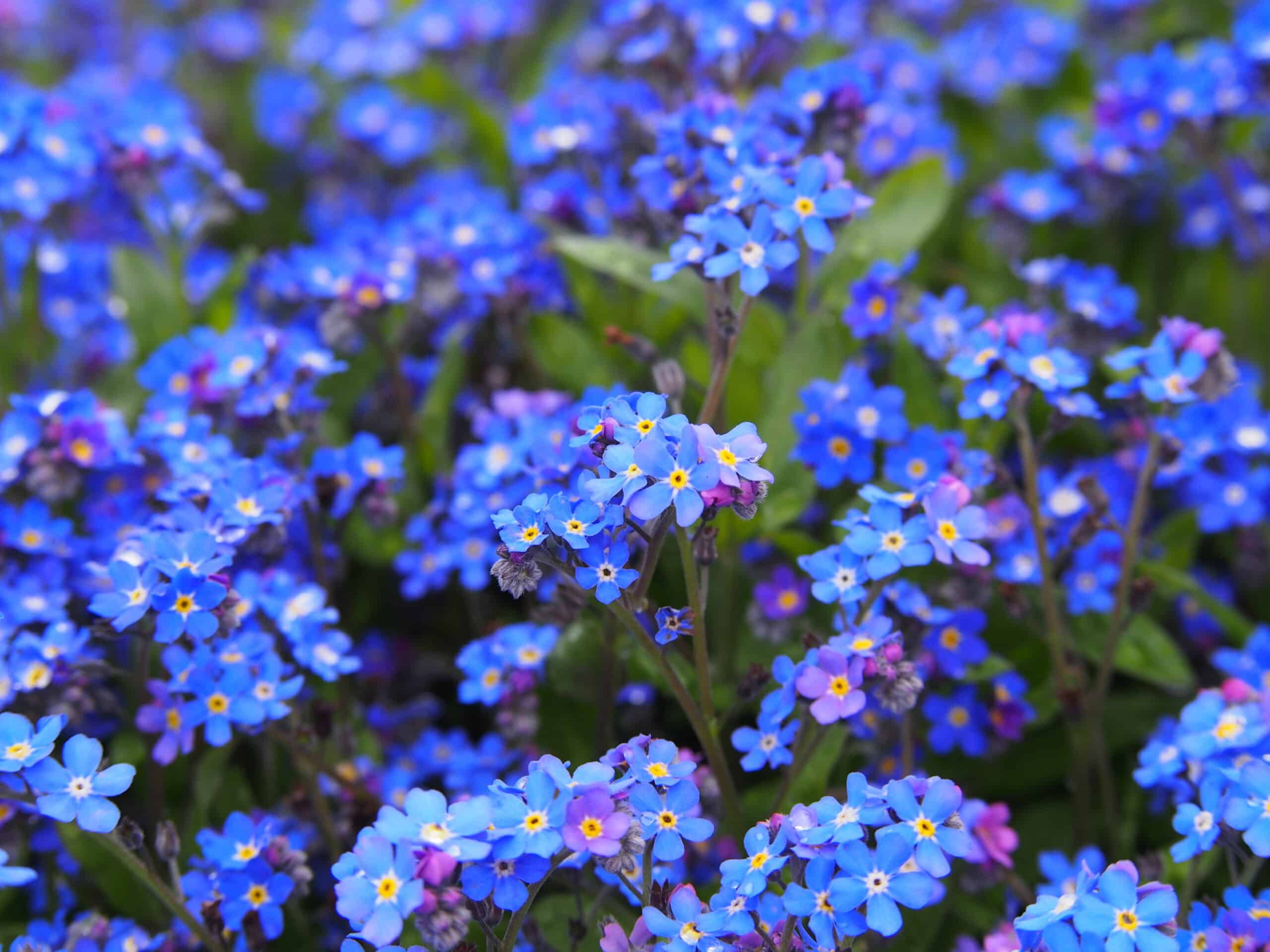
Alpine Forget-Me-Not enchants with its tiny, sky-blue flowers. This delicate plant is native to alpine regions of Europe and North America. It blooms in late spring and early summer. The flowers have a distinctive yellow or white center. Alpine Forget-Me-Not symbolizes true love and remembrance. The plant grows in moist, well-drained soils. It often inhabits rocky slopes and stream banks. The leaves are small and covered in fine hairs. Alpine Forget-Me-Not is popular in rock gardens and alpine collections. Its charming flowers and hardy nature make it a beloved species.
Snow Gentian (Gentiana nivalis)
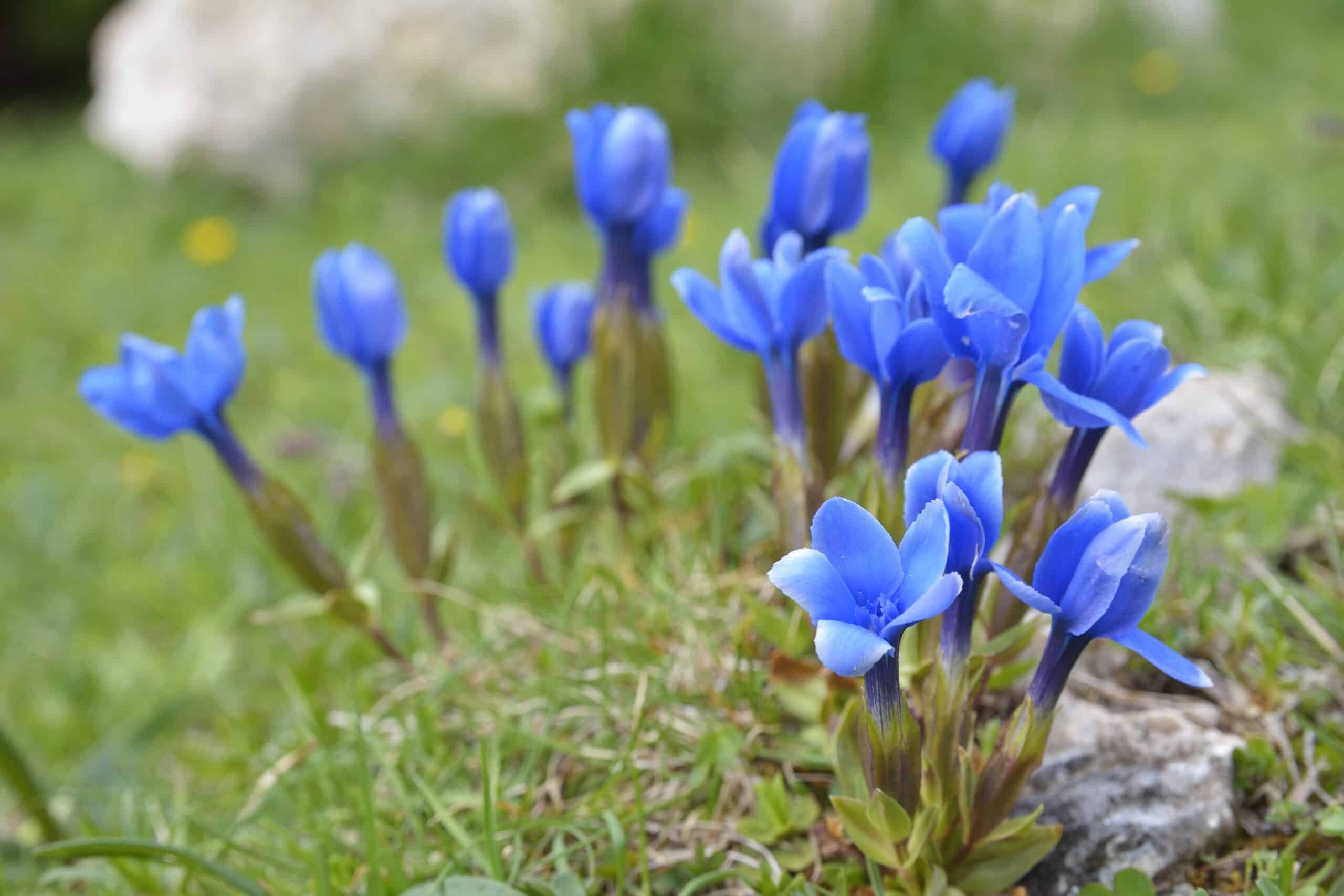
Snow Gentian stands out with its deep blue, trumpet-shaped flowers. This alpine plant is native to the mountainous regions of Europe. It blooms in late summer and early autumn. The flowers open only in bright sunlight. Snow Gentian is known for its striking color and medicinal properties. The plant grows in well-drained, calcareous soils. It often inhabits grassy slopes and rocky areas. The leaves are small and lance-shaped, adapted to cold climates. Snow Gentian has been used in traditional medicine for digestive issues. Its beauty and utility make it a notable alpine species.
Alpine Cinquefoil (Potentilla crantzii)
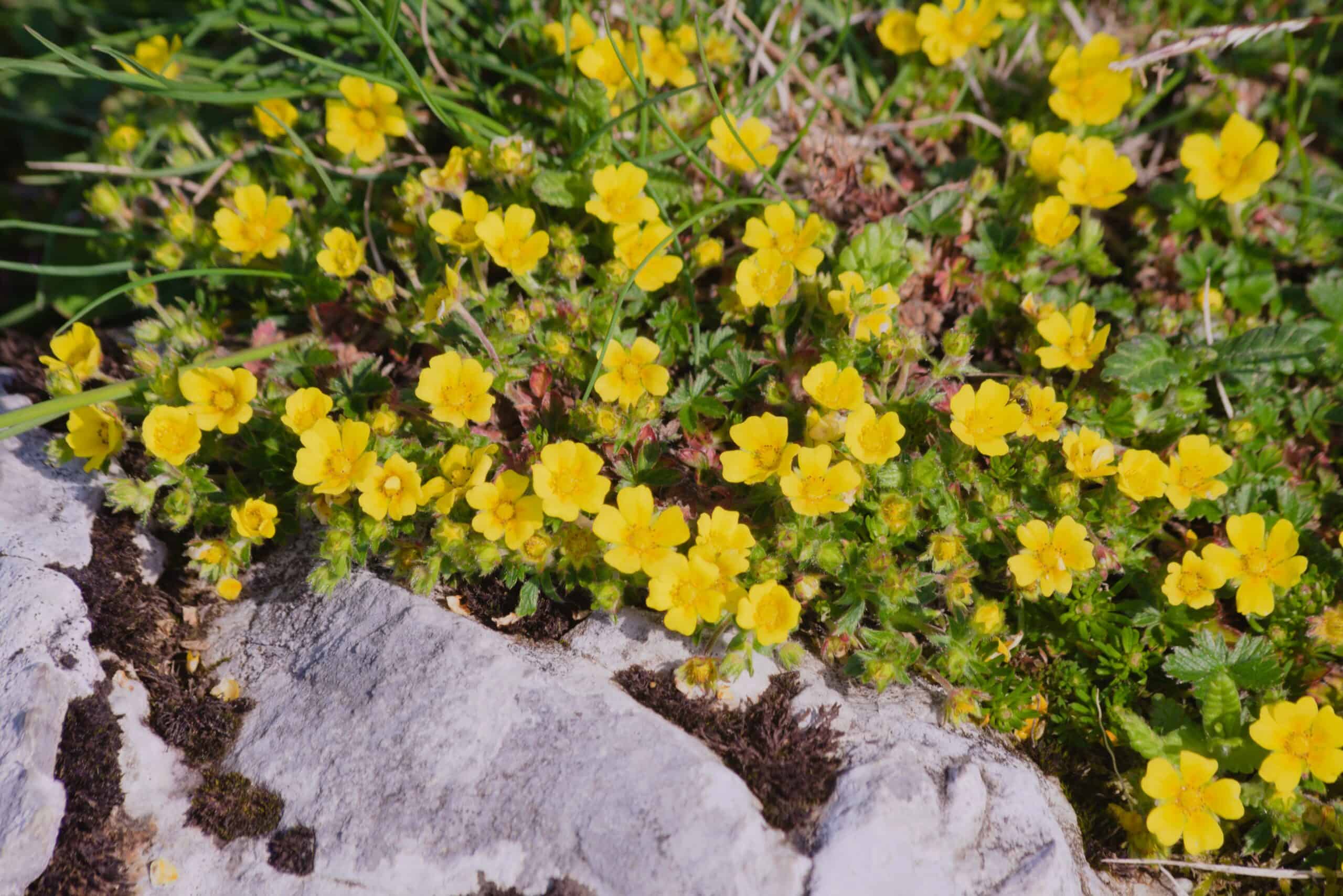
Alpine Cinquefoil displays bright yellow flowers in a compact form. This hardy plant is native to the European Alps and other mountain ranges. It blooms from late spring to early summer. The plant has a sprawling growth habit, often forming mats. Its leaves are deeply lobed and hairy. Alpine Cinquefoil prefers rocky, well-drained soils. It often grows in alpine meadows and scree slopes. The plant is known for its ability to withstand cold and drought. It plays a role in stabilizing soil and preventing erosion. Alpine Cinquefoil’s cheerful flowers add color to rugged landscapes.
Dwarf Fireweed (Chamaenerion latifolium)
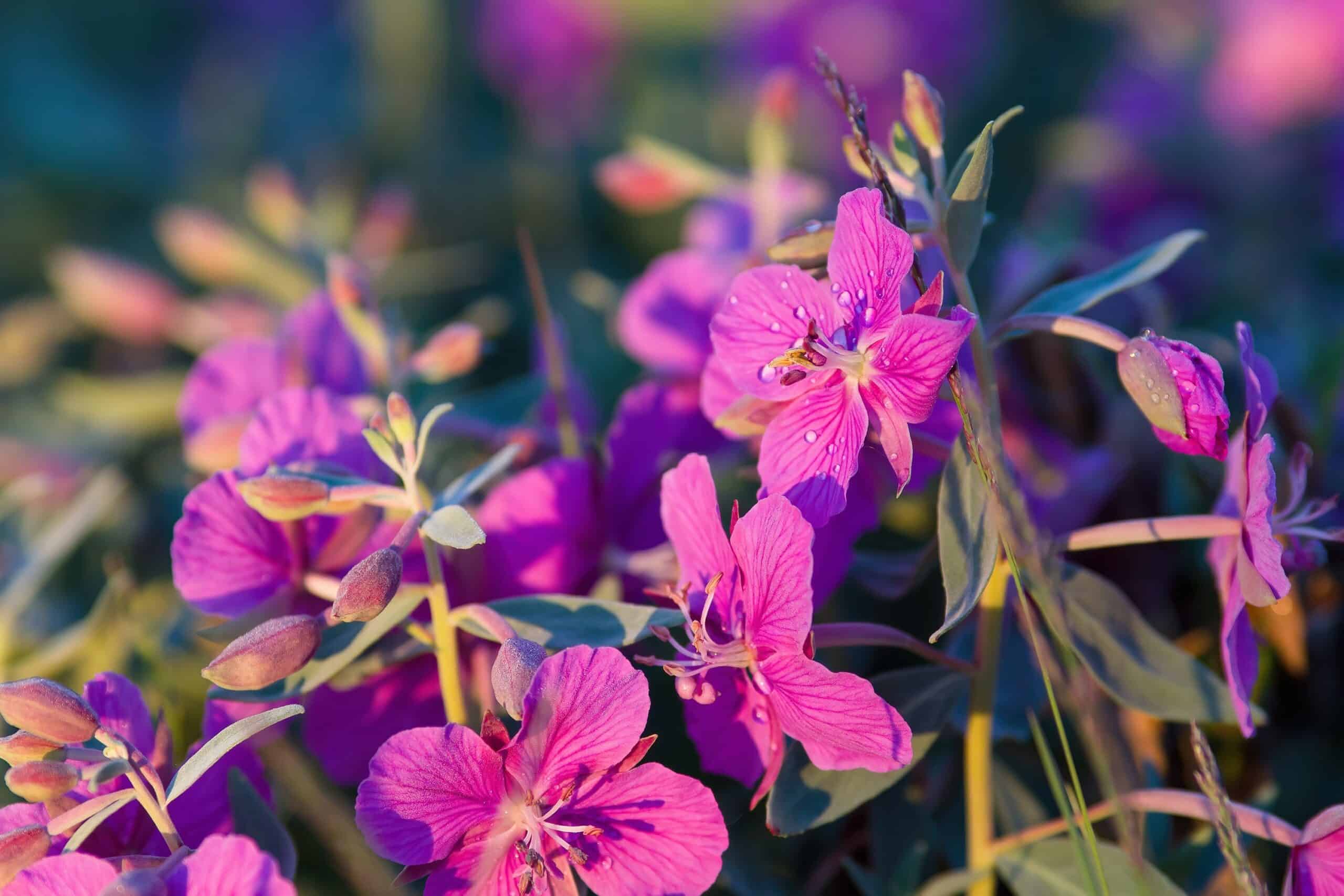
Dwarf Fireweed boasts striking pink flowers and broad leaves. This plant is native to alpine and arctic regions of North America and Eurasia. It blooms in mid to late summer. The flowers are arranged in dense, spike-like clusters. Dwarf Fireweed is a pioneer species, often colonizing disturbed areas. The plant grows in moist, well-drained soils. It often inhabits riverbanks and gravel bars. The leaves are oval and can be eaten as a vegetable. Dwarf Fireweed is important for pollinators and wildlife. Its ability to thrive in harsh conditions makes it a resilient species.
Mountain Avens (Dryas octopetala)
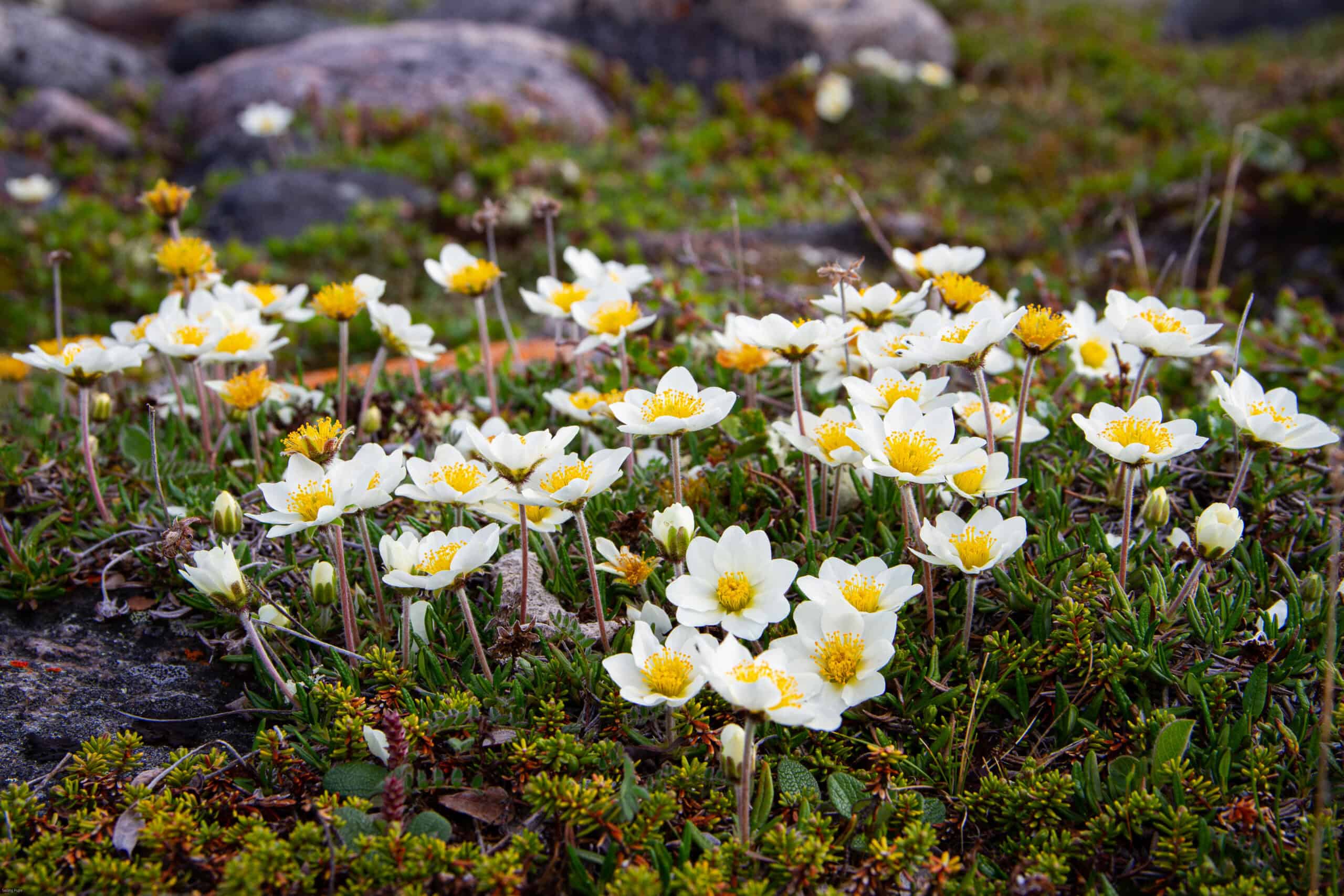
Mountain Avens is a low-growing plant with white, daisy-like flowers. Native to the arctic and alpine regions of Europe and North America, it thrives in rocky, well-drained soils. The leaves are leathery and evergreen, providing year-round ground cover. This plant blooms from late spring to early summer, attracting numerous pollinators. Its roots are extensive, helping stabilize soil in fragile environments. Mountain Avens is an important food source for various alpine animals. The plant’s ability to survive in extreme conditions makes it a key species in alpine ecosystems.
Twinflower (Linnaea borealis)
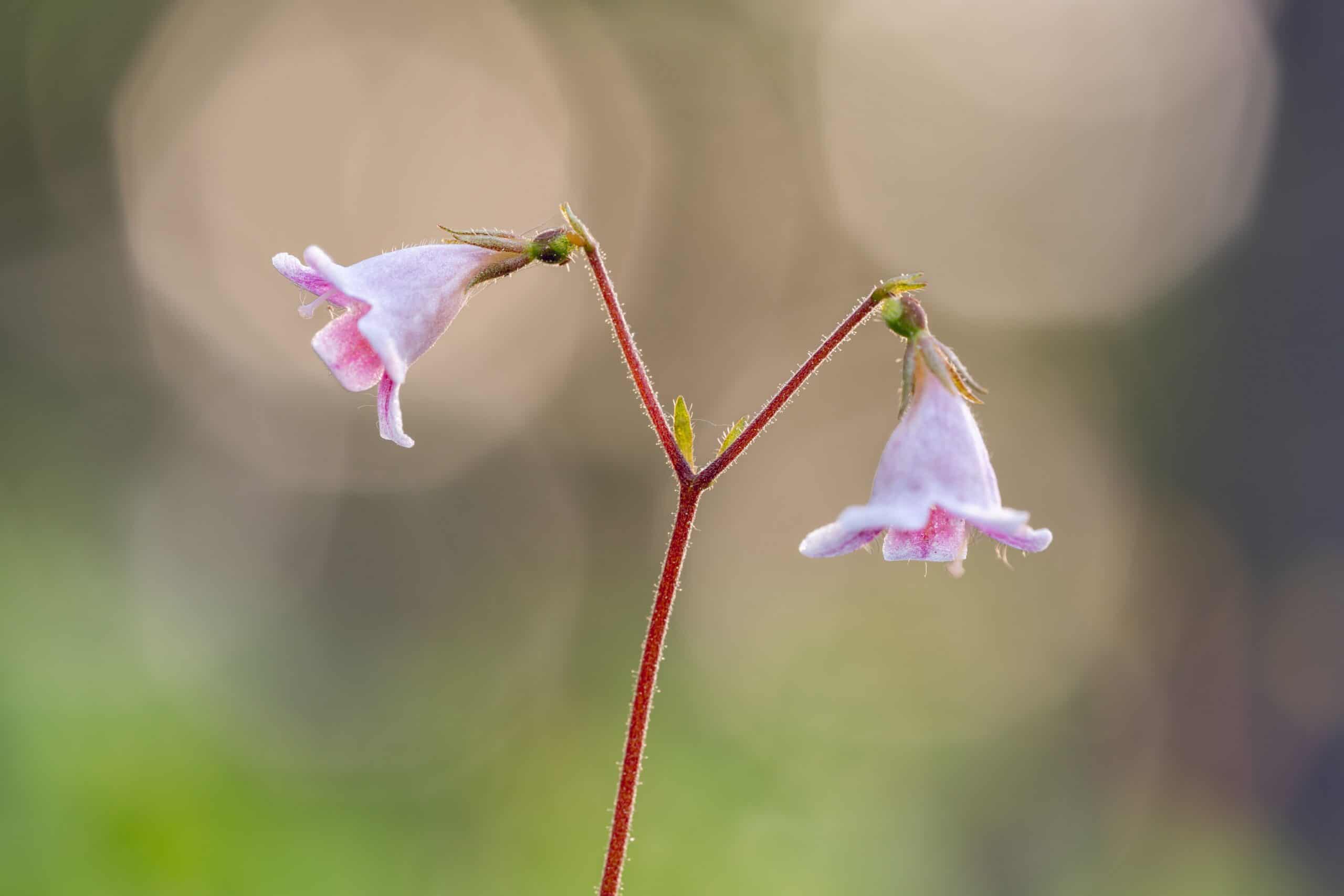
Twinflower is a delicate plant with paired pink flowers. It is native to the boreal forests and alpine regions of the Northern Hemisphere. The plant forms low, trailing mats in mossy, shady areas. Twinflower blooms in late spring and early summer, emitting a sweet fragrance. The flowers are bell-shaped and nodding, adding charm to its habitat. Twinflower’s leaves are small, oval, and evergreen. It is named after the famous botanist Carl Linnaeus, who admired its beauty. This plant’s delicate nature and lovely flowers make it a prized find in the wild.
Glacier Crowfoot (Ranunculus glacialis)
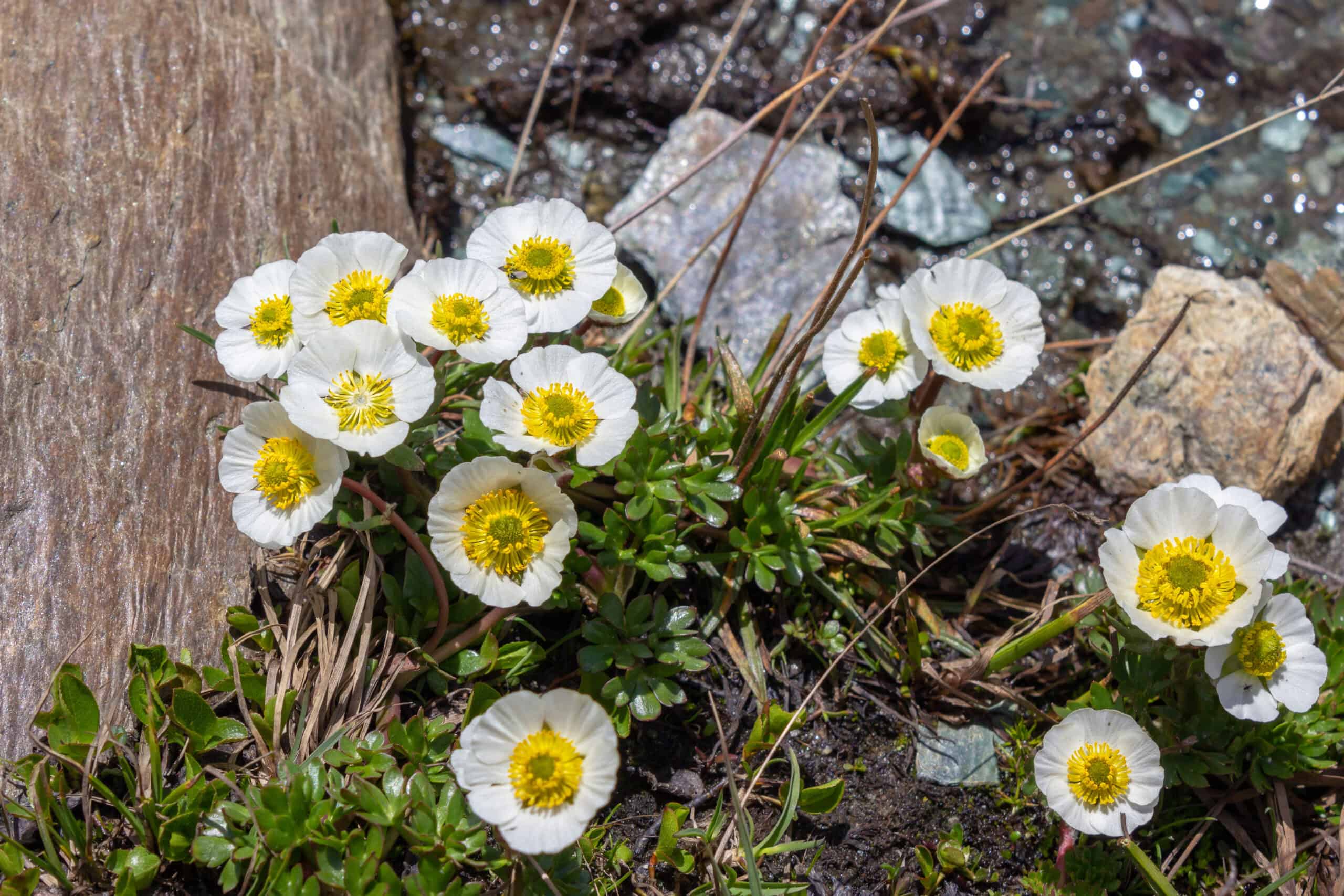
Glacier Crowfoot thrives in the harshest alpine environments. This plant is native to the arctic and alpine regions of Europe. It features white or pink flowers that bloom in late summer. The plant grows in rocky, well-drained soils, often near melting snow. The leaves are deeply lobed and form a basal rosette. Glacier Crowfoot is known for its ability to survive in extreme cold. It is a key species for stabilizing soil in fragile alpine ecosystems. The plant’s beauty and hardiness make it a remarkable alpine species.
Rock Jasmine (Androsace alpina)
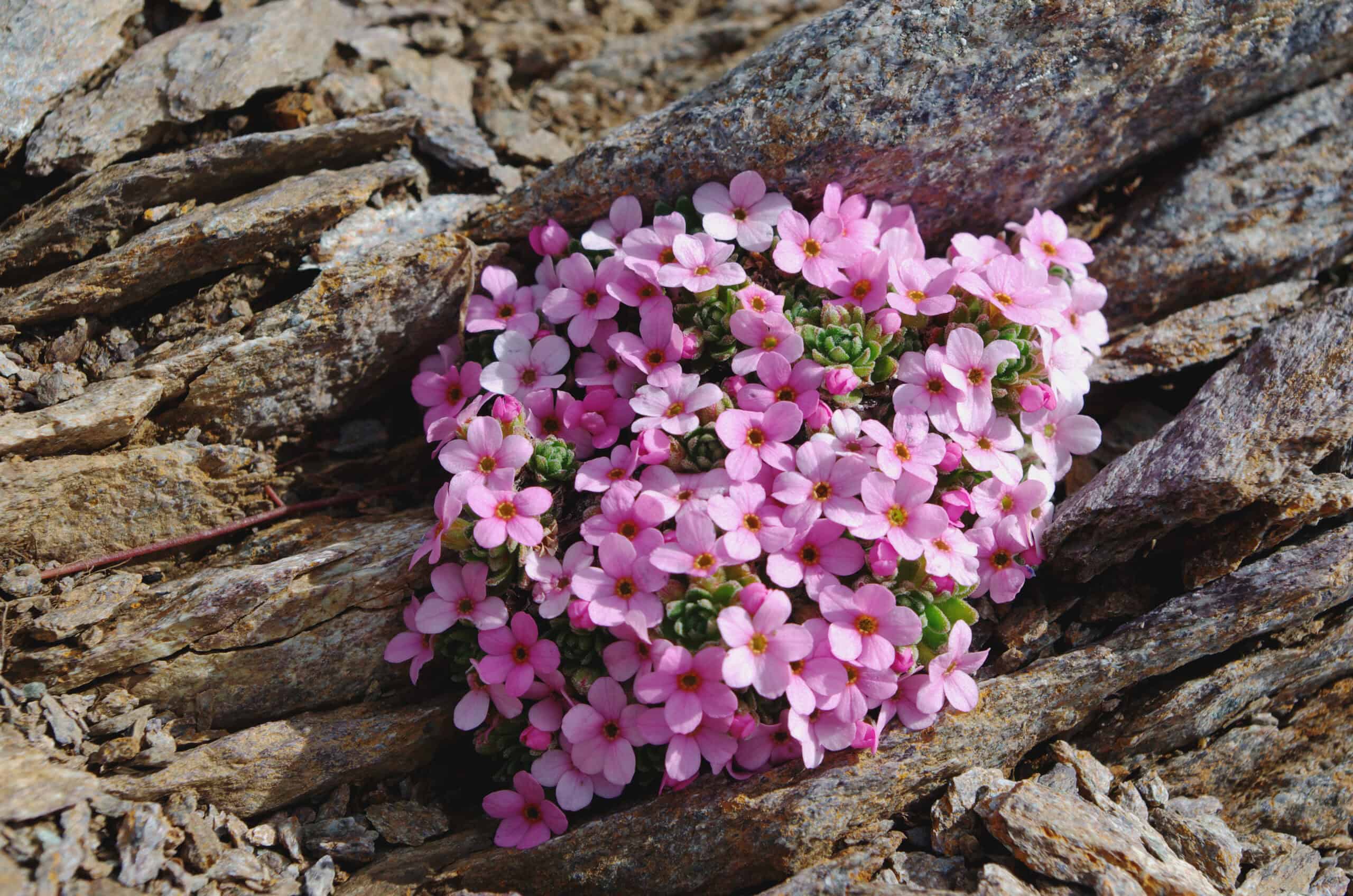
Rock Jasmine forms compact mats of small, purple flowers. This plant is native to the alpine regions of Europe. It blooms in late spring and early summer. The flowers are clustered at the tips of short stems, creating a cushion-like appearance. The leaves are small, needle-like, and form dense rosettes. Rock Jasmine prefers rocky, well-drained soils. It often grows in crevices and rocky outcrops. The plant’s compact growth habit helps conserve heat and moisture. Its beauty and resilience make it a key species in alpine gardens.
Alpine Toadflax (Linaria alpina)
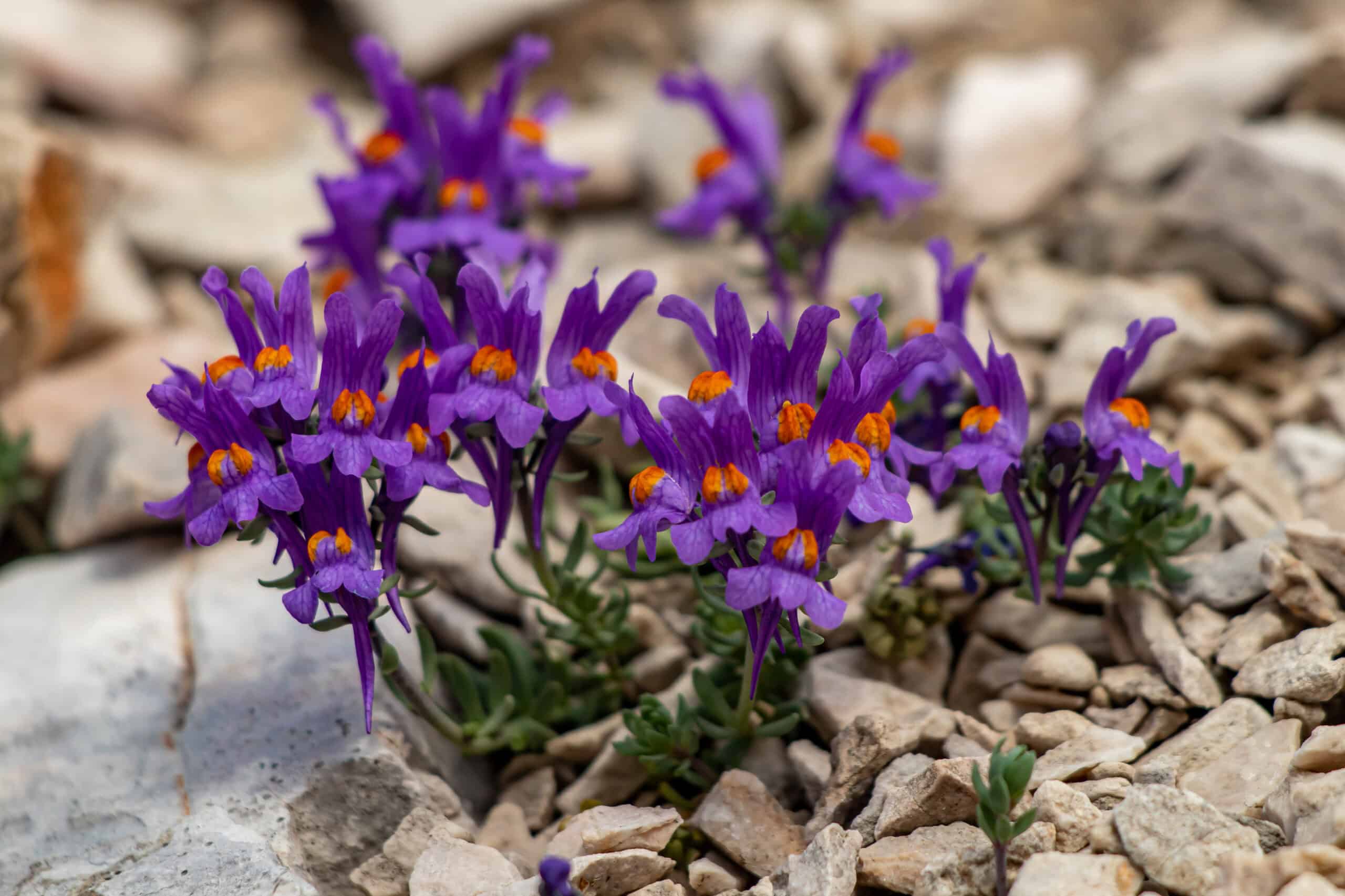
Alpine Toadflax boasts vibrant purple flowers with orange throats. This plant is native to the alpine regions of Europe. It blooms in mid to late summer. The flowers are arranged in dense clusters on short stems. The leaves are narrow and bluish-green, forming a basal rosette. Alpine Toadflax prefers rocky, well-drained soils. It often grows in scree slopes and rocky outcrops. The plant’s colorful flowers and hardiness make it a favorite in alpine collections. Its resilience in harsh conditions is noteworthy.
Snowbell (Soldanella alpina)
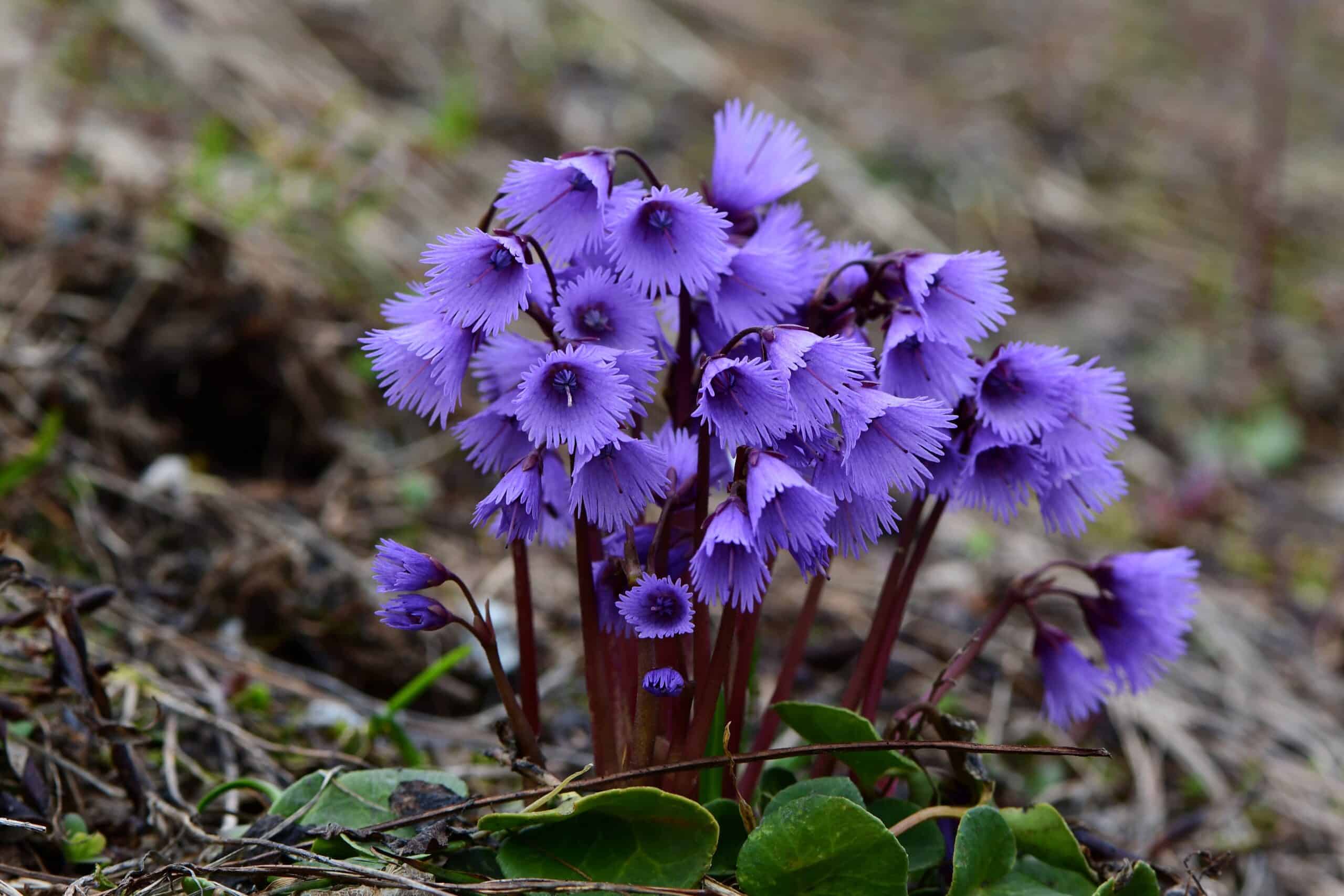
Snowbell enchants with its delicate, bell-shaped flowers. This plant is native to the alpine regions of Europe. It blooms in late spring and early summer. The flowers are pale blue or purple, with fringed edges. The leaves are round and leathery, forming a basal rosette. Snowbell prefers moist, well-drained soils. It often grows in mossy, shady areas. The plant’s delicate flowers and hardy nature make it a prized alpine species. Its beauty and resilience make it a key find in alpine habitats.
This article originally appeared on Rarest.org.
More from Rarest.org
1972 Washington Quarter Value Guide

While earlier examples of Washington Quarters have a silver content, from 1968 onwards, quarters featured a 25% Nickel cladding with a 75% Copper center. Read More.
19 Rare and Mysterious Deep-Sea Creatures
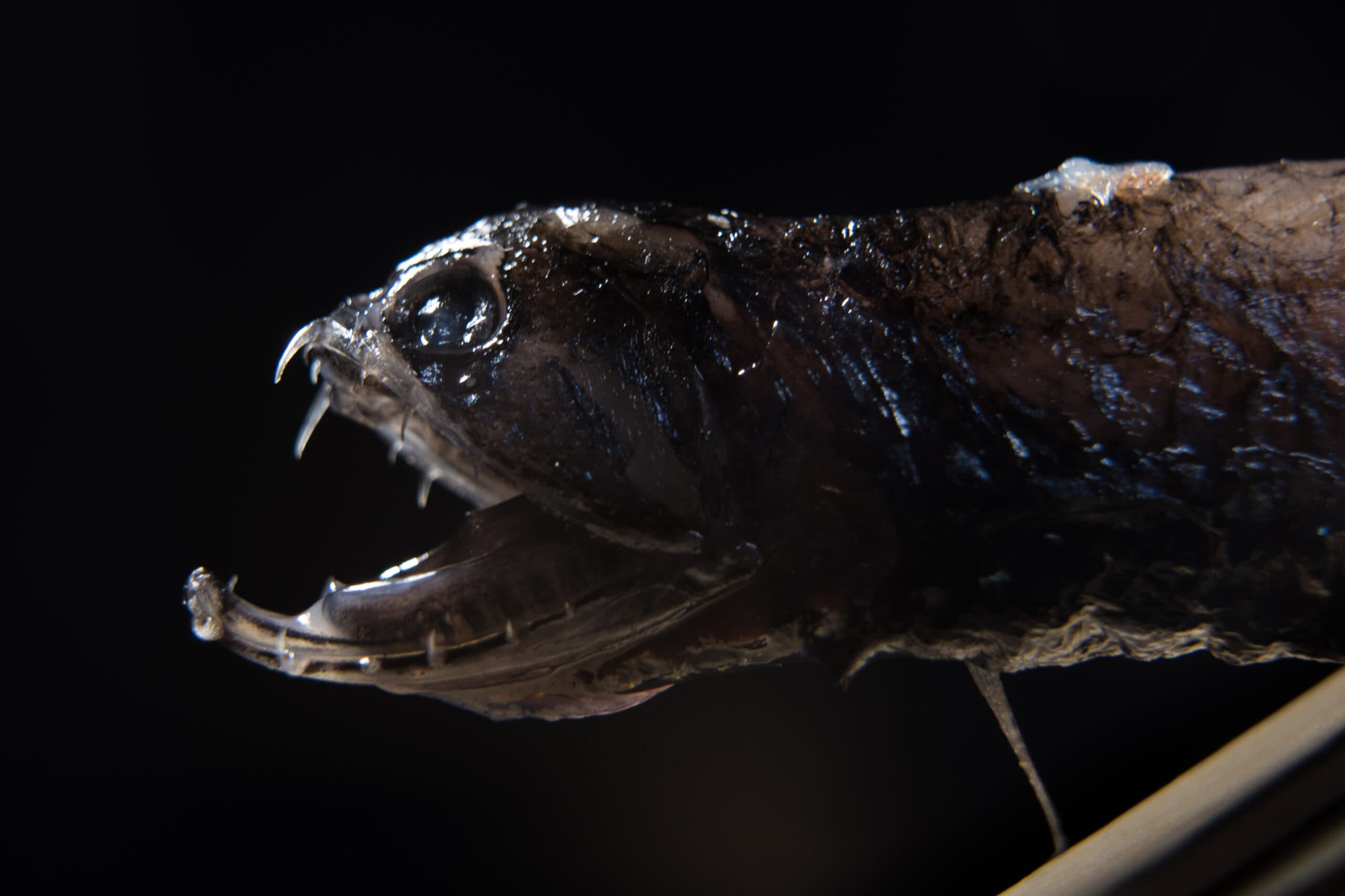
Discovering the rare and unusual antelope species of the world is a journey into the unique diversity of wildlife. Read More.
8 Unique Vintage Toy Cars

Vintage toy cars are more than just playthings. They capture the imagination and history of automotive design. Read More.
